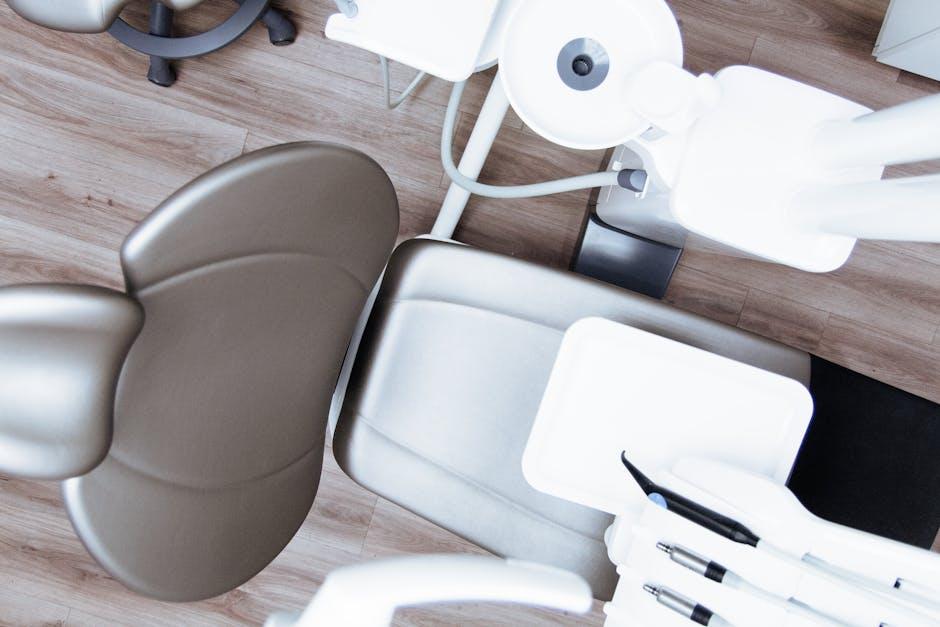
South Korea’s Dental Tech Firm Medit Sued in U.S. Federal Court – What You Need to Know
South Korea’s cutting-edge dental technology company, Medit, recently found itself embroiled in a significant legal battle after being sued in a U.S. federal court. As a leading innovator in digital dentistry, Medit’s legal challenges have sparked keen interest across the global dental industry, with implications for manufacturers, dental professionals, and patients alike.
Overview: What Is the Lawsuit About?
Medit, renowned for its dental 3D scanning solutions and software, was sued in a United States federal court alleging intellectual property infringement. The lawsuit centers on claims that Medit’s digital scanning technology infringed upon patents held by a U.S.-based competitor. This case highlights the intensifying competition within the dental tech industry, particularly in the field of intraoral scanners and related digital workflow technologies.
Key Details of the Legal Complaint
- Plaintiff: A U.S.-based dental technology company specializing in 3D scanning patents.
- Defendant: Medit, a South Korean innovator in dental scanning devices and software.
- Allegations: Patent infringement and unauthorized use of patented scanning technology.
- Court: Filed in a U.S. federal district court, indicating serious legal scrutiny.
- Potential Implications: Could impact Medit’s distribution and operation within the U.S. dental market.
About Medit: A Leader in Dental Technology
Founded in 2000, Medit has become a frontrunner in digital dental solutions, leveraging technology to revolutionize traditional dental practices. Their flagship products include advanced intraoral scanners that help dentists capture precise 3D images of teeth and gums — a critical step in creating accurate dental restorations, orthodontic treatments, and implants.
Why Is Medit Popular Among Dental Professionals?
- High accuracy and user-friendly intraoral scanning technology.
- Innovative software integrations that streamline the dental workflow.
- Competitive pricing compared to other premium dental scanner brands.
- Global distribution with excellent customer support and training.
Legal Context: Patent Disputes in Dental Tech
The dental tech industry has rapidly evolved with the rise of digital dentistry. As companies race to develop new technologies — especially in 3D scanning and CAD/CAM systems — patent infringement cases have become more frequent. These lawsuits are often complex due to the technical nature of the products and the cross-border operations of many firms.
Patents and Innovation: Why They Matter
Patents protect a company’s innovations and give a competitive edge by restricting others from copying key technologies. However, in fast-moving sectors like dental tech, overlapping patents and rapid product development can lead to litigation. Such disputes can:
- Delay product launches or restrict sales in certain markets.
- Force companies to modify or redesign technologies.
- Result in costly settlements or licensing deals.
Potential Impact on the Dental Industry and Consumers
The lawsuit involving Medit is not just a corporate legal matter — it also has broader implications for dental professionals and patients, especially in the U.S. market.
What Dentists and Clinics Should Know
- Technology availability: Potential legal restrictions may temporarily limit access to Medit scanners in the U.S.
- Continuity of service: Medit has promised to maintain support and software updates despite the lawsuit.
- Alternative options: Clinics may consider other digital scanning technologies during the dispute.
Consumers and Patients
Patients might experience indirect impacts, such as delayed treatment times or variability in the availability of certain innovative dental services. However, Medit’s commitment to technological excellence means that long-term dental care quality is unlikely to suffer severely.
Case Study: Medit’s Market Expansion Before the Lawsuit
Before the lawsuit, Medit’s intraoral scanners gained significant traction in several key markets, including the U.S., Europe, and Asia. Here’s a quick look at Medit’s growth trajectory and product adoption:
| Year | Market Milestone | Product Highlight |
|---|---|---|
| 2016 | Launch of Medit i500 scanner | Affordable, high-accuracy intraoral scanning |
| 2018 | Expansion into U.S. dental market | Partnerships with leading dental distributors |
| 2021 | Introduced AI-powered scan insights | Enhanced software for dental workflow automation |
| 2023 | Global sales exceeding 10,000 units | Strong presence in both private and institutional clinics |
Practical Tips for Dental Practices During the Legal Dispute
If you’re a dental clinic currently using Medit’s technology or planning to invest, consider these practical tips to navigate this period:
- Stay informed: Monitor official updates from Medit and legal news sources regarding the lawsuit’s outcome.
- Backup workflows: Ensure that your digital workflows have redundancy, with alternative scanning options or manual procedures if needed.
- Engage with distributors: Contact your local Medit dealer for guidance on service and support during the dispute.
- Legal counsel: If purchasing for a dental chain or institution, consult legal experts on potential risks associated with using products involved in litigation.
Conclusion: The Road Ahead for Medit and Digital Dentistry
The lawsuit against South Korea’s Medit in a U.S. federal court underscores the high stakes involved in leading dental technology innovation. As the legal process unfolds, both industry insiders and dental professionals will closely watch how intellectual property laws shape the future of digital dentistry. While the outcome remains uncertain, one thing is clear — technological advancement and rigorous patent protections will continue to play pivotal roles in molding next-generation dental care.
Medit’s commitment to innovation and quality may help the company weather this challenge and maintain its competitive edge. For dental practices and patients alike, staying updated with the latest developments will be key to ensuring smooth access to the benefits of advanced dental technology.


